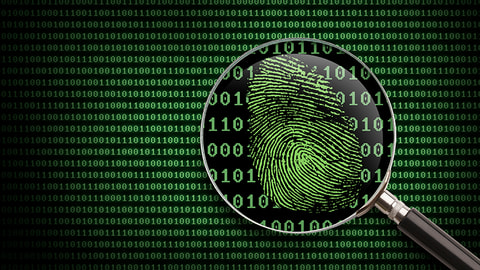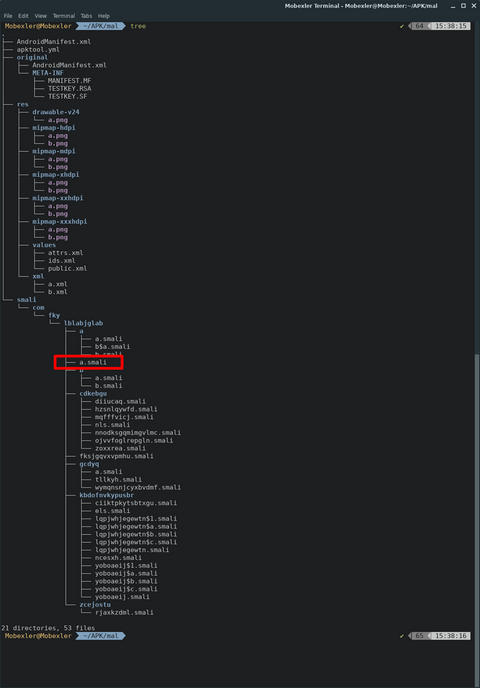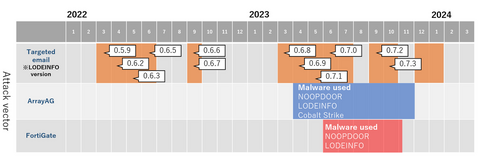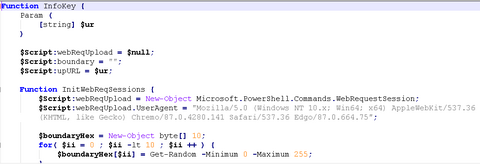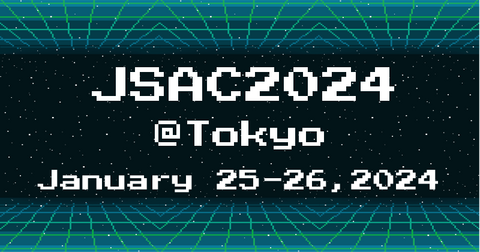The difficult part of the initial response to a human-operated ransomware attack is identifying the attack vector. You may already know from recent security incident trends that the vulnerabilities of VPN devices are likely to be exploited, but it often takes much time to investigate because multiple penetration routes are often considered when an incident occurs. Therefore, in order to ensure a smooth initial response, it is important to investigate...
-
-
This TSUBAME Report Overflow series discuss monitoring trends of overseas TSUBAME sensors and other activities which the Internet Threat Monitoring Quarterly Reports does not include. This article covers the monitoring results for the period of April to June 2024. The scan trends observed with TSUBAME sensors in Japan are presented in graphs here. Activities to scan Telnet from TP-LINK routers JPCERT/CC analyzes the data collected by TSUBAME every day. Since...
-
When dynamically analyzing Android malware, it is currently difficult to follow its code using debuggers unlike Windows malware. Although there is a technique [1] to hook a method dynamically by Frida [2], obtaining the in-progress state of the method is still difficult, and since Frida is not a tool dedicated to Android, only limited information can be obtained. In this article, I introduce smali gadget injection technique as a more...
-
JPCERT/CC has been observing attack activities by MirrorFace LODEINFO ...
-
JPCERT/CC has confirmed attack activities targeting Japanese organizations by an attack group called Kimsuky in March 2024. This article introduces the attack methods of the group confirmed by JPCERT/CC. Attack overview In the attack we identified, the attacker sent a targeted attack email impersonating a security and diplomatic organization. A zip file containing the following files with double file extensions was attached to the email. (File names are omitted.) (1)...
-
This TSUBAME Report Overflow series discuss monitoring trends of overseas TSUBAME sensors and other activities which the Internet Threat Monitoring Quarterly Reports does not include. This article covers the monitoring results for the period of January to March 2024. The scan trends observed with TSUBAME sensors in Japan are presented in graphs here. Impacts in Japan from Observations in FY2023 JPCERT/CC analyzes the data collected by TSUBAME on a daily...
-
JPCERT/CC held the annual ICS Security Conference 2024 on 7 February 2024. The conference aims to share the current status of threats to ICS both in Japan and overseas and the efforts of stakeholders in the field, as well as to help participants improve their ICS security measures and establish best practices. The conference started in 2009 and is now in its 16th year. This was the 4th time the...
-
We continue to introduce the talks at JSAC2024. This third issue covers workshops and lightning talks. Workshop Introduction to Investigation of Unauthorised Access to Cloud Speakers: Hayate Hazuru and Takahiro Yamamoto (ITOCHU Cyber Intelligence Inc.), Norihide Saito (Flatt Security Inc.), Daisuke Miyashita (Sterra Security Co.,Ltd.) Hayate, Takahiro, Norihide, and Daisuke explained how the cloud works and the attack methods targeting cloud in their workshop, followed by a log investigation demonstration...
-
This second blog post features the Main Track talks on the Day 2 of JSAC. XFiles: Large-Scale Analysis of Malicious MSIX/APPX Speakers: Kazuya Nomura, Teruki Yoshikawa, Masaya Motoda (NTT Security Japan) Slides (Japanese) The speakers discussed Microsoft’s new packaged files, MSIX and APPX, which have been exploited in recent years in attack campaigns. They explained the points to focus on when analyzing the structure, operation mechanisms, and characteristics of the...
-
This TSUBAME Report Overflow series discuss monitoring trends of overseas TSUBAME sensors and other activities which the Internet Threat Monitoring Quarterly Reports does not include. This article covers the monitoring results for the period of October to December 2023. The scan trends observed with TSUBAME sensors in Japan are presented in graphs here . Packets observed from products under development JPCERT/CC analyzes the data collected by TSUBAME on a daily...

